US and China: Art of the Deal or Art of War?
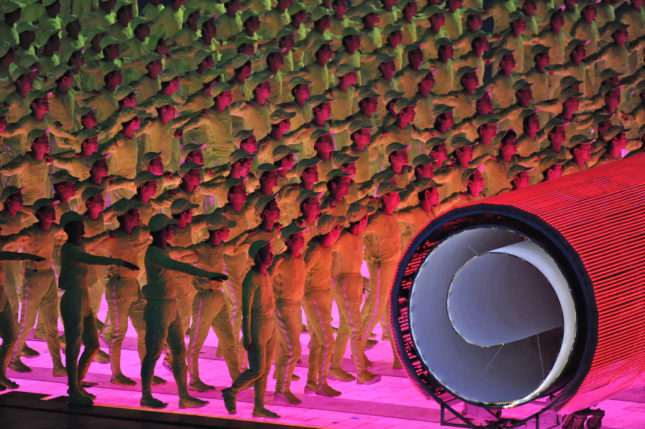
“Every battle is won before it is fought.”
President Donald Trump and his Chinese counterpart President Xi Jinping will meet for the first time in person on April 6 and 7, 2017 at Mr. Trump’s Florida’s estate. This will be the biggest foreign policy test so far for the newly elected United States president. President Trump and his administration have been sending mixed signals to China. On Thursday, March 30, a week ahead of Xi’s visit, Trump stated on Twitter that “the meeting will be a very difficult one in that we can no longer have massive trade deficits and job losses,” he added that “American companies must be prepared to look at other alternatives.” This somewhat undiplomatic warning from the US president confused cause and effect and disregarded the intricate economic connections between China and the US. In the global economy the two countries, like it or not, have become joined at the hip. While Trump’s core electoral mandate was built on a vague, visceral America first form of economic nationalism, China’s administration is still pursing its own brand of globalization without the element of one-world-government doctrine of the Western-based globalists. The US leader and author of The Art of the Deal, still postulates that a government can be run like a business, but a republic, or what still passes for a democracy, is not supposed to be a for-profit operation. Republic, defined as a form of venture capitalism, is certainly not the political philosophy of the the People’s Republic of China.
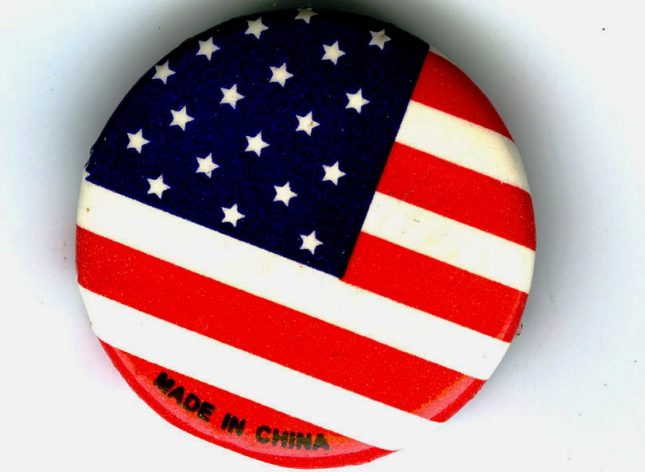
“Appear weak when you are strong, and strong when you are weak.”
President Trump stated on March 24, 2017, that “Since China joined the World Trade Organization in 2001, the US has lost more than 60,000 factories.” This is accurate, and it reflects the economic nationalism discourse favored by the new US administration. But if there is an economic war between the US and China, Mr. Trump’s statement is almost an admission that the US is losing this war, or at least that the hegemonic status of the US has been challenged. In America’s rust belt, people are fed up with the “Made in China” tags they see on most manufactured products they buy at their local WallMarts. This includes, in an ultimate irony, Old Glory stars-and-stripes US flags. The “Make America Great Again” slogan, which played a big role in carrying Donald Trump to the White House, meant for most an electoral promise to champion “Made in the USA,” but how realistic is this push for US protectionism in a world economy already largely interconnected? Under the leadership of President Xi, China still stands for a globalization agenda, especially as regards the issues of climate change and the preservation of the role of institutions such as the United Nations. This clashes with Trump’s “America first” brand of nationalism, which, if implemented, could translate into protectionism. The debate between the legitimate defense of national interests and preservation of some of the institutional framework to deal with global issues has to be handled pragmatically. A dogmatic and emotional approach to the necessary discussion about nationalism and globalism could take the world on a war path.

“Tactics without strategy is the noise before defeat.”
This divergence of ideology between the US and China, if it is more than just posturing on the part of the Trump administration, could draw China and the European Union closer together. That is, providing anti-EU candidates such as Marine Le Pen in France do not get elected. Economic nationalists in the US and elsewhere should keep in mind that, in the context of a de facto global economy, where all markets are connected, protectionism has its limits, and too much of it could cause a global recession. A big concern for the Chinese, and the rest of the world, are the many climate change deniers that populate the Trump administration. The majority of Christian fundamentalists, who are the most reliable Trump supporters, view climate change as a hoax invented by liberals and expect that the Lord will provide for human needs. President Trump himself is revisiting the notion of “clean coal” while, in complete opposition, President Xi’s administration is radically curbing the use of coal as China’s main energy source.
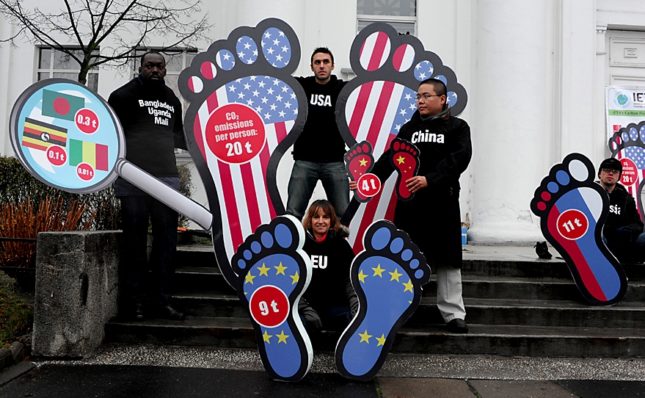
To clear the air metaphorically between China and the US, President Xi will probably be looking for consistency and predictability from his American counterpart. Further, reality is never black or white. Simplistic protectionist notions are not suited to grasp the complex and diverse interconnections that structure the global economy. Some key points the Trump administration should consider before adopting a tough-on-China rhetoric are that: (1) China is the top supplier of manufactured goods to the US, and this has translated into more than a $ 350 billion trade deficit with China; (2) According to the US Trade Representative, China is the US’ largest trading partner; (3) The US debt to China currently stands at $1 trillion. What would happen if China were to decide abruptly to collect on its debt? Furthermore, US consumers, especially the vast majority who are financially struggling, might be unwilling to pay a lot more for the “Made in the USA” on the labels.
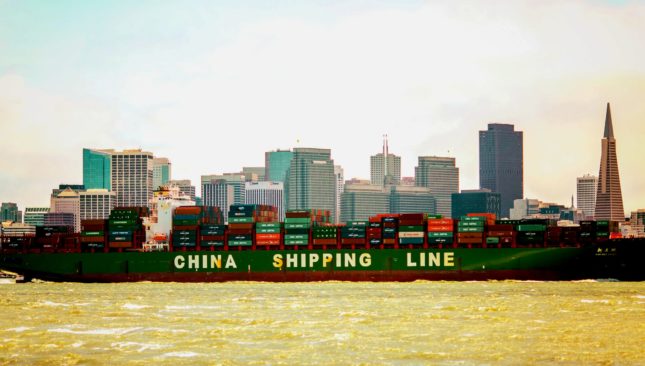
“Know yourself and you will win all battles.”
In a phone conversation on February 9, 2017 between President Trump and President Xi, the US leader agreed to honor the one-China policy precept. This went a long way toward partially diffusing the tensions that had been created by Trump when he said that the US did not have to stick to this principle, which had not been challenged by the US since 1949. Trump was advised that “the one China policy cannot be traded, and China cannot be easily bullied”. The Global Times, a communist paper close to the Chinese government even stated that Trump was “ignorant like a child when it came to diplomacy.” Trump’s backtracking on this issue means that he will make many more concessions than it originally appears, but mixed signals are being sent to the Chinese. Overall, there are quite a few contradictions between what the Trump administration says and does. For example, Secretary of State Rex Tillerson said during a recent trip to Asia that the “US-China relationship was build on non-conflict, non-confrontation, mutual respect, and win-win solutions.” Those very same words have been used several times by President Xi, and many observers in Washington saw this as a victory for China. On the other hand, right before Secretary Tillerson’s visit, the first elements of the Terminal High Altitude Area Defense ( THAAD) missiles, which China vehemently opposes, were deployed in South Korea, and a US aircraft carrier conducted joint exercises with South Korea. This was another case of the Trump administration’s left hand ignoring what the right hand was doing. Before any progress can be made to bridge the differences between the US and China, Washington must present a coherent message from both the State Department and the Pentagon. This is not an instance of the so-called Deep State against the Trump administration but a chronic state of schizophrenia that affects US foreign policy.
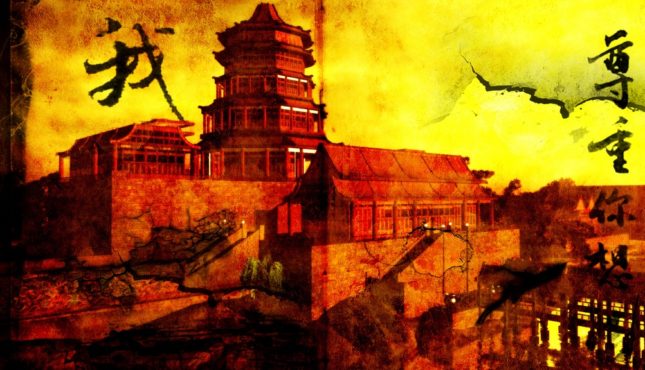
“Build your opponent a golden bridge to retreat across.”
China is not only an economic giant, but also a geopolitical juggernaut with substantial military might. This is especially the case in the context of that country’s tight alliance with Russia in the fields of energy, military collaboration, and a recent plan for financial integration that could eventually challenge the role of the US dollar as world reference currency. In a world where US global hegemony seems to be on the decline, as suggested by the rise of Russia’s influence in the Middle East, China is already in a position of leadership in what could be the dawn of a multi-polar era. US policy makers and citizens must realize, before it is too late, that contrary to the notions expressed by the neocon-inspired ideologues of the military-industrial complex, which appear to drive the Trump administration, the US military could not win a war simultaneously against China and Russia. This dangerous delusion would take us on the path to World War III. In some geopolitical circles, the erroneous notion of the inevitability of war is popular. In the case of China and the US, this has been called the Thucydides trap. It was originally brought up by Professor Graham Allison to explain how a conflict between a rising power, like China, and a currently dominant one, like the US, would almost certainly arise. It is based on a famous quote of the Greek historian Thucydides.
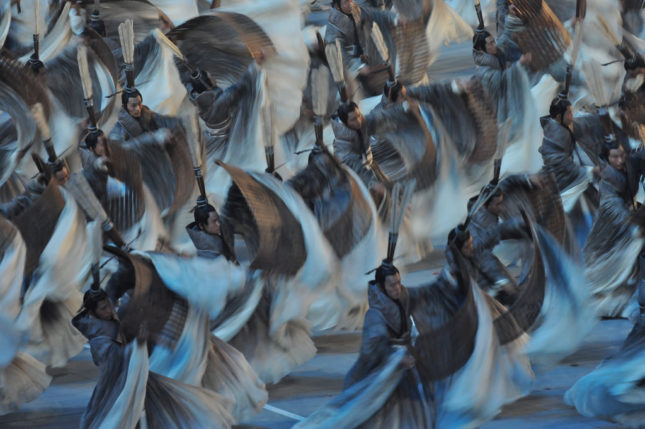
“It was the rise of Athens and the fear that this inspired in Sparta that made war inevitable.”
President Xi himself has said that “We all need to work together to avoid the Thucydides trap.” The real trap that causes countries to go to war is when their decisions are clouded by fear, the notion of honor, and the folly of imperialism. Policy decisions that are based on emotions are what can make arm conflict inevitable. American exceptionalism, defined by the irrational conviction that the US has a special place in the world and an almost divine role in human history, is the main ingredient in a major war trap. It is the view of most Americans, and this includes President Trump based on many of his statements, that the rise of China is a threat to US status in the world. This ignores the fact that US dominance in world affairs has already peaked and is on the decline. The deployment of the THAAD missile system is a provocation from the US that could trigger nuclear tests from North Korea, and it has also motivated the Chinese to increase their military spending as well as tighten their military alliance with Russia.
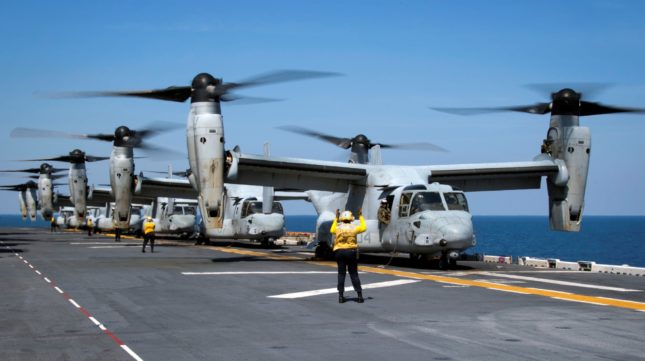
“The supreme art of war is to subdue the enemy without fighting.”
The arms race orchestrated by the military-industrial complex in the US through its Gargantuan military budget has pushed China and Russia into the same military spending vortex. China has the world largest military with a 2.3-million-member armed force. Contrary to what Washington warmongers say, to take on China alone, the US would have to retreat from most of its worldwide military positions, while China could easily focus on defending its borders. While the US still has a technological edge, Russia and China are quickly catching up in modernizing their military. By 2020, China will have a fleet of 78 submarines, and some US military analysts project that China will have air superiority over the US by 2030. The neocon notion that because of a temporary technological superiority the US military would prevail is ludicrous. A hot war with China would immediately involved Russia and, very likely, Iran. NATO would get sucked in, but many European countries would stay on the sidelines. It is time for Washington to stop believing their own lies, be thoughtfully consistent, and silence the military-industrial complex’s drums of war.
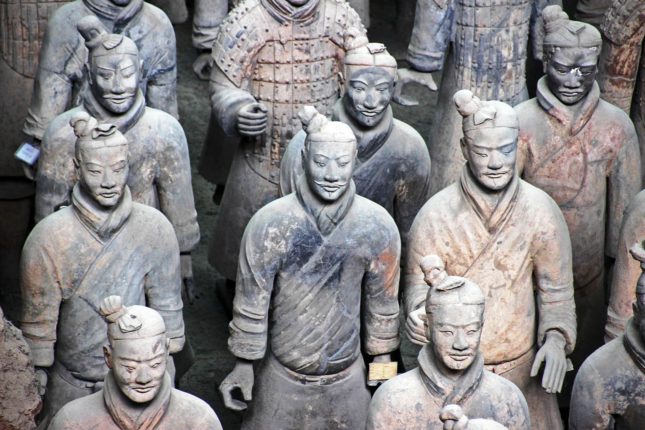
Editor’s Notes: Gilbert Mercier is the author of The Orwellian Empire. All header quotations are from Sun Tzu, The Art of War, except for the one about Athens and Sparta, which is from Thucydides. Photographs one, three and seven from US Army archive; photograph two by Michael Mandiberg; photograph four by Christian Guthier; photograph five by Thomas Hawk; photograph six by Seb; photograph eight US Pacific Fleet archive; and photograph nine by Scott1346.
Listen to an April 1, 2017 Radio Sputnik interview on this topic
Gilbert Mercier and Saikat Bhattacharyya talk to Andrew Korybko about China and the US.
Related Articles













You must be logged in to post a comment Login